But there’s a quantum catch.


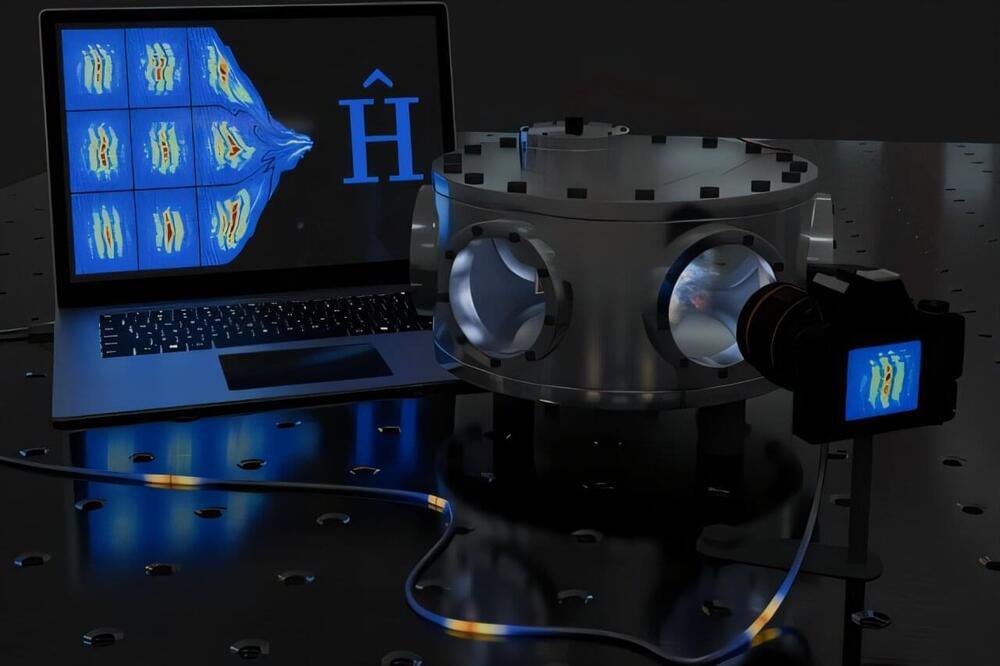
Quantum physics is a very diverse field: it describes particle collisions shortly after the Big Bang as well as electrons in solid materials or atoms far out in space. But not all quantum objects are equally easy to study. For some—such as the early universe—direct experiments are not possible at all.
However, in many cases, quantum simulators can be used instead: one quantum system (for example, a cloud of ultracold atoms) is studied in order to learn something about another system that looks physically very different, but still follows the same laws, i.e. adheres to the same mathematical equations.
It is often difficult to find out which equations determine a particular quantum system. Normally, one first has to make theoretical assumptions and then conduct experiments to check whether these assumptions prove correct.
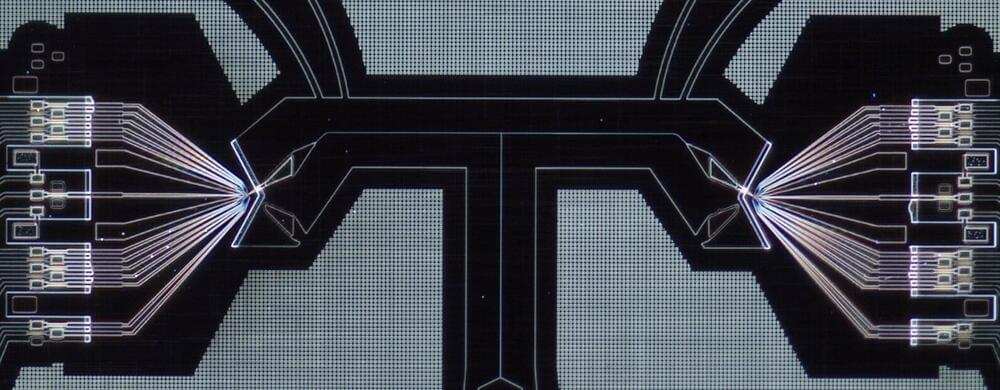
Quantum computing holds the promise of outperforming classical computing on some optimization and data processing tasks. The creation of highly performing large-scale quantum computers, however, relies on the ability to support controlled interactions between qubits, which are the units of information in quantum computing, at a range of distances.
So far, maintaining the coherence of interactions between distant semiconductor qubits, while also controlling these interactions, has proved challenging. By overcoming this hurdle, quantum physicists and engineers could develop more advanced quantum computers that can tackle more complex problems.
Researchers at Delft University of Technology (TU Delft) have devised a promising approach to realize coherent quantum interactions between distant semiconductor qubits. Their paper, published in Nature Physics, demonstrates the use of this approach to attain coherent interaction between two electron spin qubits that are 250 μm apart.

While most of us are familiar with magnets from childhood games of marveling at the power of their repulsion or attraction, fewer realize the magnetic fields that surround us—and the ones inside us. Magnetic fields are not just external curiosities; they play essential roles in our bodies and beyond, influencing biological processes and technological systems alike. A recent arXiv publication from the University of Chicago’s Pritzker School of Molecular Engineering and Argonne National Laboratory highlights how magnetic fields in the body may be analyzed using quantum-enabled fluorescent proteins, with hopes of applying to cell formation or early disease detection.
Detecting subtle changes in magnetic fields may equate to beyond subtle impacts in certain fields. For instance, quantum sensors could be applied to the detection of electromagnetic anomalies in data centers, potentially revealing evidence of malicious tampering. Similarly, they might be used to study changes in the brain’s electromagnetic signals, offering insights into neurological diseases such as the onset of dementia. However, these applications demand sensors that are not only sensitive but also capable of operating reliably in real-world conditions.
Spin qubits, known for their notable sensitivity to magnetic fields, are introduced in the study as a compelling solution. Traditionally, spin qubits have been formed from nitrogen-vacancy centers in diamonds. While these systems have demonstrated remarkable precision, the diamonds’ bulky size in relation to molecules and complex surface chemistry limit their usability in biological environments. This creates a need for a more adaptable and biologically compatible sensor.
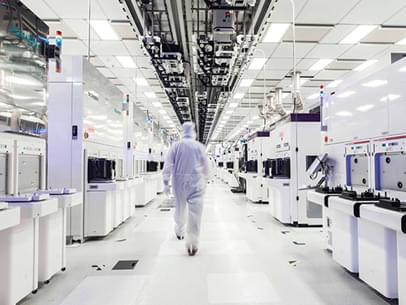
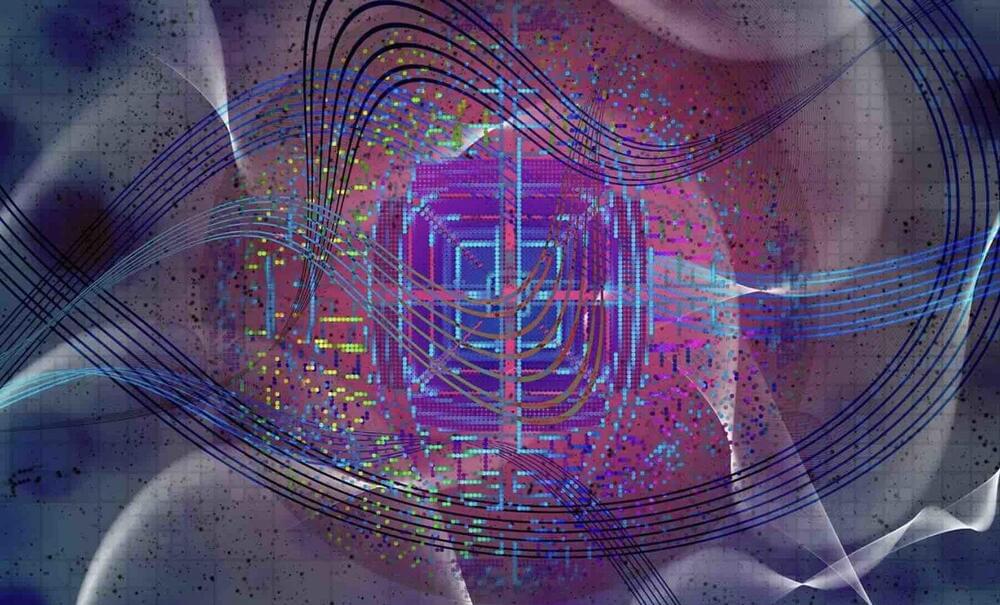
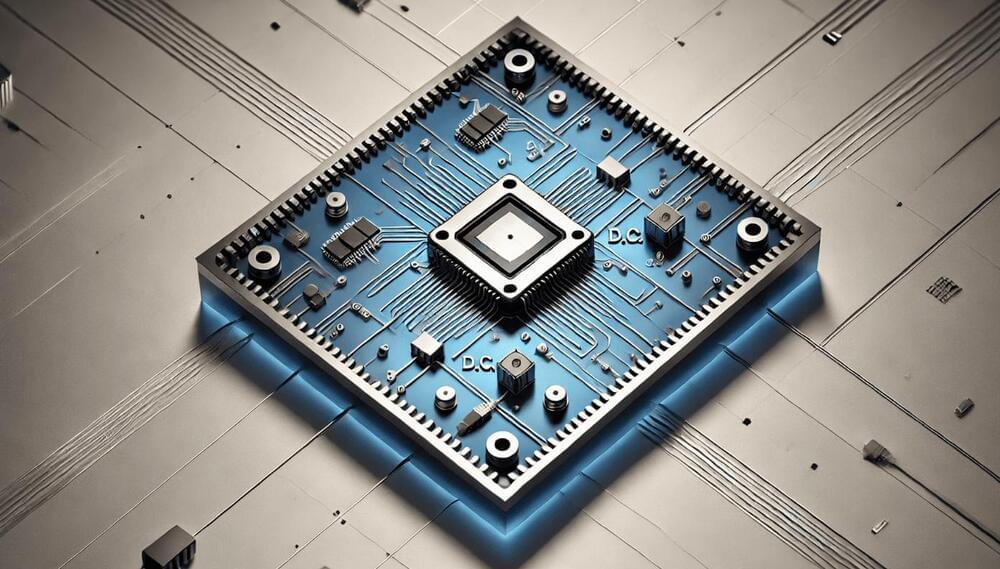
Researchers have discovered that certain disordered superconductors exhibit abrupt phase transitions, a finding that challenges established theories and could have implications for quantum computing.
A study published in Nature by researchers investigating indium oxide films — a highly disordered superconductor — shows that their transition from a superconducting to an insulating state is not gradual, as traditionally assumed, but sudden. This abrupt shift, known as a first-order quantum phase transition, contrasts with the commonly observed continuous, second-order transitions in superconductors.
Key measurements revealed a sharp drop in superfluid stiffness — which is a property that reflects the superconducting state’s ability to resist phase distortions — at a critical level of disorder. Interestingly, the critical temperature of these films, where superconductivity breaks down, no longer depended on the strength of electron pairing but rather on the superfluid stiffness. This behavior aligns with a pseudogap regime, where electron pairs exist but lack the coherence needed for superconductivity.
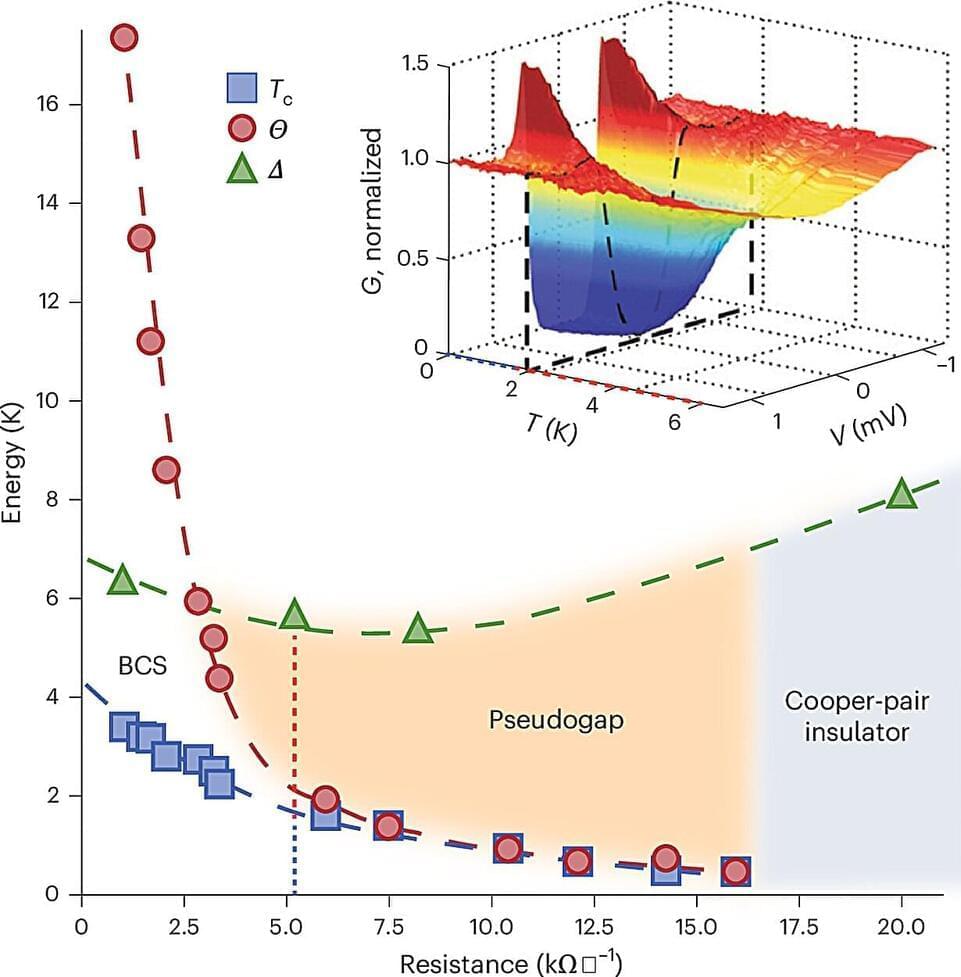
A team of physicists at Université Grenoble Alpes, CNRS, in France, working with a colleague from Karlsruhe Institute of Technology, in Germany, has observed an odd quantum phase transition in indium oxide films. In their study published in the journal Nature Physics, the group used microwave spectroscopy to study the internal properties and behavior of indium oxide films as they transitioned between superconducting and insulating states.
Prior research has shown that when a superconductor undergoes a phase transition between superconductivity and insulation, its superfluid stiffness generally occurs in a smooth, continuous fashion. Superfluid stiffness is a measurement that has been developed to gauge how resistant a material is to changing from one phase to another. In this new study, the research team found an exception to that rule in indium oxide films.
In their work, the researchers were investigating the properties of indium oxide, a material that, when chilled to a certain temperature, changes to a superconductor—it is also known to have multiple disorders at multiple levels. Such disorders give the material unusual properties.

USTC researchers created a groundbreaking on-chip photonic simulator, leveraging thin-film lithium niobate chips to simplify quantum simulations of complex structures, achieving high-dimensional synthetic dimensions with reduced frequency demands.
A research team led by Prof. Chuanfeng Li from the University of Science and Technology of China (USTC) has made a significant breakthrough in quantum photonics. The team successfully developed an on-chip photonic simulator capable of modeling arbitrary-range coupled frequency lattices with gauge potential. This achievement was detailed in a recent publication in Physical Review Letters.
<em>Physical Review Letters (PRL)</em> is a prestigious peer-reviewed scientific journal published by the American Physical Society. Launched in 1958, it is renowned for its swift publication of short reports on significant fundamental research in all fields of physics. PRL serves as a venue for researchers to quickly share groundbreaking and innovative findings that can potentially shift or enhance understanding in areas such as particle physics, quantum mechanics, relativity, and condensed matter physics. The journal is highly regarded in the scientific community for its rigorous peer review process and its focus on high-impact papers that often provide foundational insights within the field of physics.
My new book TEMPORAL MECHANICS is finally here! Ecstadelic Media Group releases Temporal Mechanics: D-Theory as a Critical Upgrade to Our Understanding of the Nature of Time, The Seminal Papers series (Vol. I) by Alex M. Vikoulov as a Kindle eBook (Press Release, Burlingame, CA, USA)
*Check/preview eBook on Amazon: https://www.amazon.com/dp/B0DHL9GCW8?tag=lifeboatfound-20
Alternatively, buy downloadable PDF of this paper on EcstadelicNET: https://www.ecstadelic.net/store/c1/featured-products.
#TemporalMechanics #DTheory #QuantumTemporalMechanics #DigitalPresentism #QuantumPhysics #DigitalPhysics #CognitiveScience #QuantumChromomechanics #QuantumComputing #consciousness #QMInterpretation #ArrowofTime #FlowofTime #TimeTravel #CyberneticTheory #ConsciousInstantHypothesis #Timescales #PerceptionofTime #AntiTime #QuantumMultiverse #AlternateTimelines #OmegaPoint #ProblemofTime #ComputationalNeuroscience #entropy #complexity
Ecstadelic Media Group releases a new Kindle eBook Temporal Mechanics: D-Theory as a Critical Upgrade to Our Understnding of the Nature of Time by Alex M. Vikoulov on January 5, 2025.